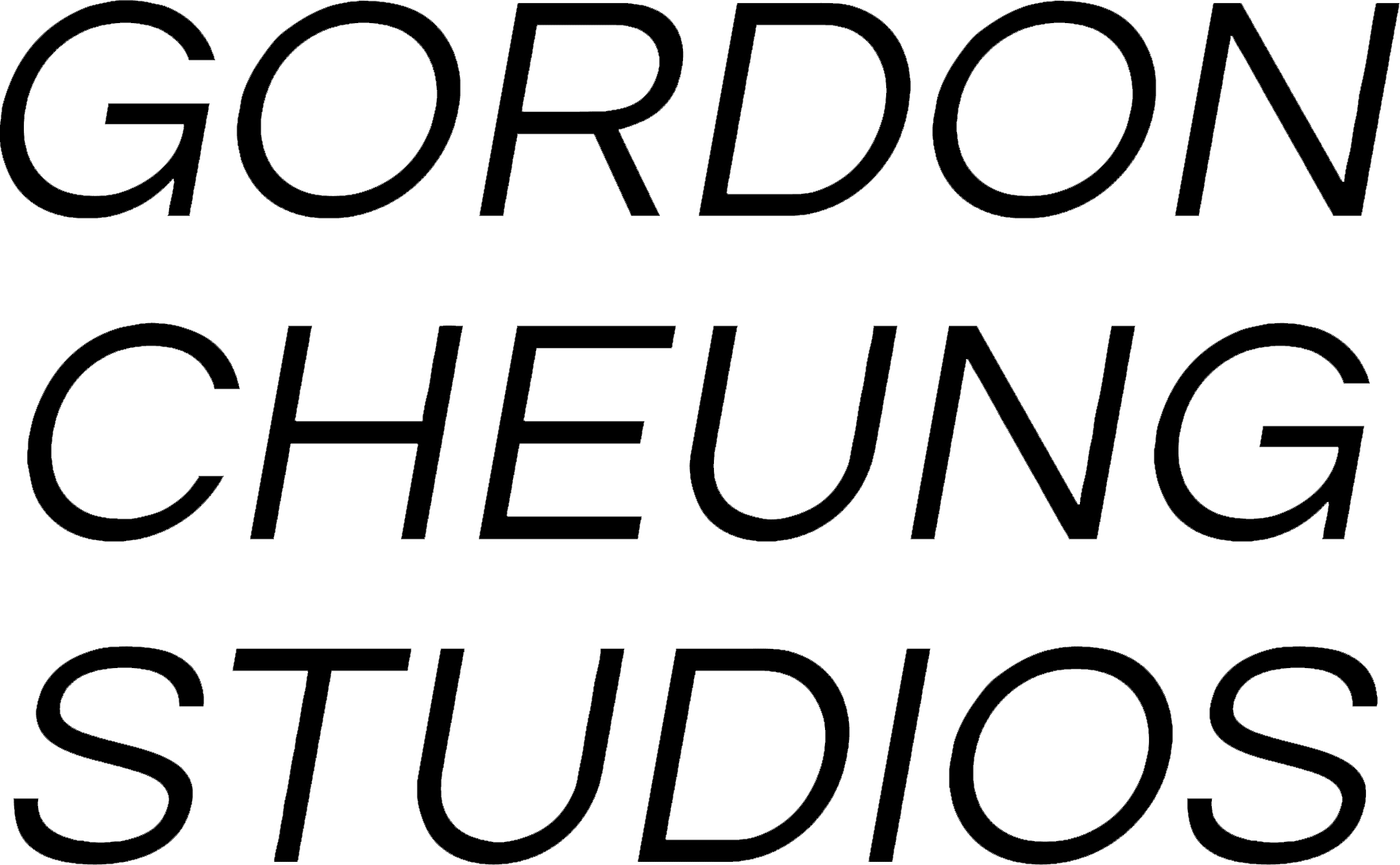Gordon Cheung creates hallucinogenic visions inspired by a wide range of sources including science fiction, 18th century romantic painting, zombie films, cartoons and current affairs. His works reflect on such contemporary issues as the war on terror, religion, economics, globalisation, the digital age and technology.
For this exhibition, the artist has created a significant new body of works including contemporary interpretations of Dürer's The Four Horsemen of the Apocalypse and Goya's Disasters of War. For the first time, sculpture, animations and laser etchings are shown alongside his more familiar mixed media paintings.
The theme of The Four Horsemen of the Apocalypse runs throughout the exhibition ranging from a large wall painting to a series of laser etchings to sculptures and an animated video installation. The horse and rider is an evocative symbol loaded with cultural references. The specific story of the Four Horsemen is a biblical reference which has prompted a range of interpretations. Representing Conquest, War, Famine and Death, Cheung gives them a contemporary twist, transforming them into eloquent metaphors of our own time.
In his brand new animations, references to cowboys and bull riders are clearly apparent. As cultural icons, they commonly represent a romantic image of the pioneering spirit or man's will to overcome nature, yet they also mask a history of violence, bloodshed and cruelty. Cheung's. riders are seated on bulls rather than horses. The man and the beast together reference the minotaur, a mythical creature from Greek mythology comprised of half man and half bull. As with his characteristic use of stock listings from the Financial Times, man and bull symbolise the Bull Market or Stock Market and the data-saturated and wealth-obsessed era in which we live. As the viewer of the four projected images, we are surrounded by bucking minotaurs in a post-apocalyptic landscape endlessly circling and struggling to de-seat their riders. To see each animation, we must also turn around, our physical relationship to the work creating a disorientating and unsettling effect.
The exhibition also includes a series of laser etchings based on Dürer's depiction of The Four Horsemen of the Apocalypse. Cheung has taken the original images and manipulated them to further enhance these demonic visions.
A brand new series of sculptures has also been created using a cast of a skull of a Long Horn Bull. Presented in mirrored cases, they appear like ancient relics or revered icons. Each one is made of different materials to suggest each of the Horsemen; plaster and oxidised copper filings for Death (pale green), terracotta and iron for War (red), plaster and marble for Conquest (white) and concrete and graphite for Famine (black). Each of the cases are of a different height which suggests an evolutionary process. Cheung reflects that a key inspiration for these works was Stanley Kubrick's film, 2001: A Space Odyssey in which a bone is thrown into the air and subsequently becomes a spaceship. Through this work, he suggests that the evolution of humanity is intertwined with violence.
Cheung has also created a new set of thirty portraits which represent the Top Ten Billionaires, the Top Ten Dead Celebrities who are still earning and the Top Ten Hackers. The first two of these series' have been visited before whilst the third series is a new one. They are symptomatic of our obsession with wealth, celebrity and power. Cheung has allowed the paint to drip down his canvases, creating an appearance of melting flesh and recalling classic zombie films where the protagonists are motivated by an overpowering will to consume and destroy.
At the beginning of the twenty first century, we have already witnessed apocalyptic events in terms of war, natural disasters, the collapse of the economy and environmental change. In his work, Cheung appears to capture something of the essence of this age. By re-visiting history, he has created work that is both contemporary and compelling.
Deborah Robinson, Senior Exhibitions Curator
Biography
Gordon Cheung was born in 1975 in London. He studied at Central St Martin's College of Art and the Royal College of Art, London. He has exhibited extensively and his work is included in public and private collections internationally.
Gordon Cheung is represented by Alan Cristea Gallery - London, Jack Shainman Gallery - New York, Galerie Adler - Frankfurt and Unosunove - Rome.

